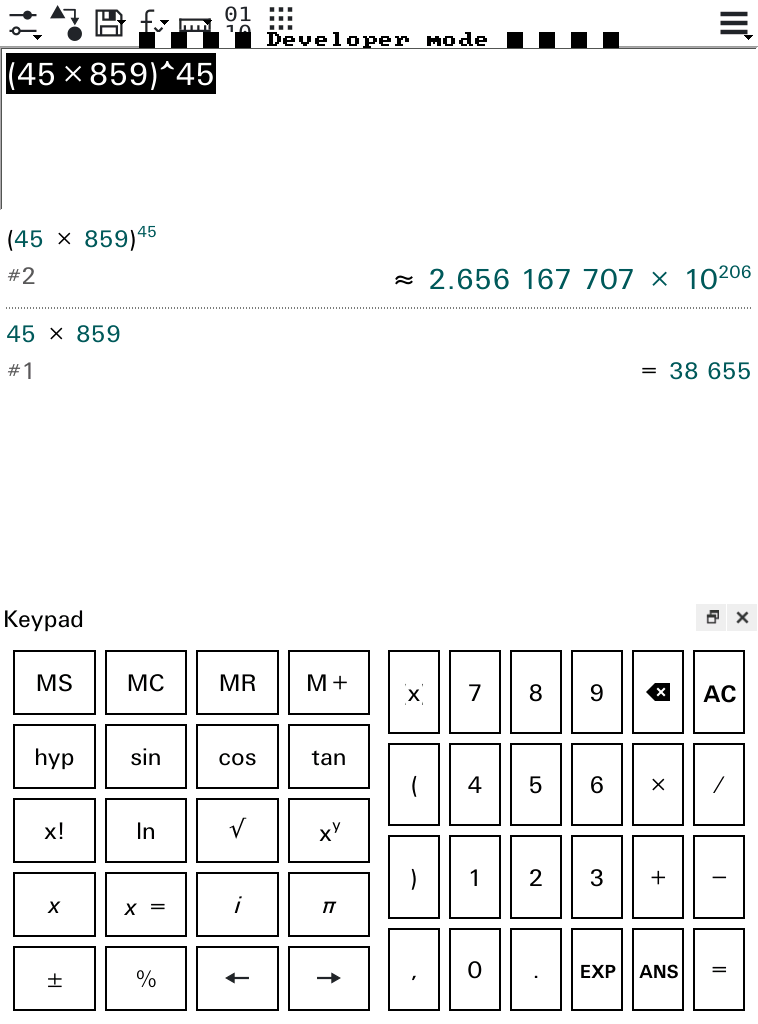-
-
Notifications
You must be signed in to change notification settings - Fork 13
Developer mode
 InkBox OS' developer mode is a special operating mode that developers
can use to develop their own apps without needing to recompile the
kernel with their own private keys embedded in it, thus greatly speeding
up any development process, since it allows unsigned external programs
to run on the system.
InkBox OS' developer mode is a special operating mode that developers
can use to develop their own apps without needing to recompile the
kernel with their own private keys embedded in it, thus greatly speeding
up any development process, since it allows unsigned external programs
to run on the system.
Developers who want to acquire a developer key can contact the project maintainers via the various communication channels listed in Main_Page#Community.
A developer key digest is provided as the key.dgst. To install a
developer key, one must enter the following commands in a GNU/Linux
prompt, where mmcblk0 is replaced with the path to your microSD card's
device node:
# echo -n 1 | dd of=/dev/mmcblk0 bs=256 seek=3 # Setting UID flag (NOTE: this is needed because of a bug and needs to be fixed for 2.1)
# echo -n 1 | dd of=/dev/mmcblk0 bs=256 seek=159746 # Setting developer key flag
# echo -n "$(dd if=/dev/mmcblk0 bs=256 count=1 skip=2)" | dd of=/dev/mmcblk0 bs=256 seek=159748 # Writing developer key, which is a copy of the device's UID
# dd if=/path/to/key.dgst of=/dev/mmcblk0 bs=256 seek=159750 # Writing developer key digest
A developer key is actually a complete copy of the device's UID
(Universal IDentifier) stored in another 256-byte sector of the MMC.
While everyone can write to this sector (159748), the kernel's
developer key
script
will not enable developer-specific features unless what is written at
this sector matches the UID stored at sector 2 of the MMC and it
is signed with the official private key of the device, thus, the one
embedded in the kernel by default and the developer flag (sector
159746) is set to 1.
$ echo -n "<your device's UID here>" | openssl dgst -sha256 -sign /path/to/private.pem -out key.dgst